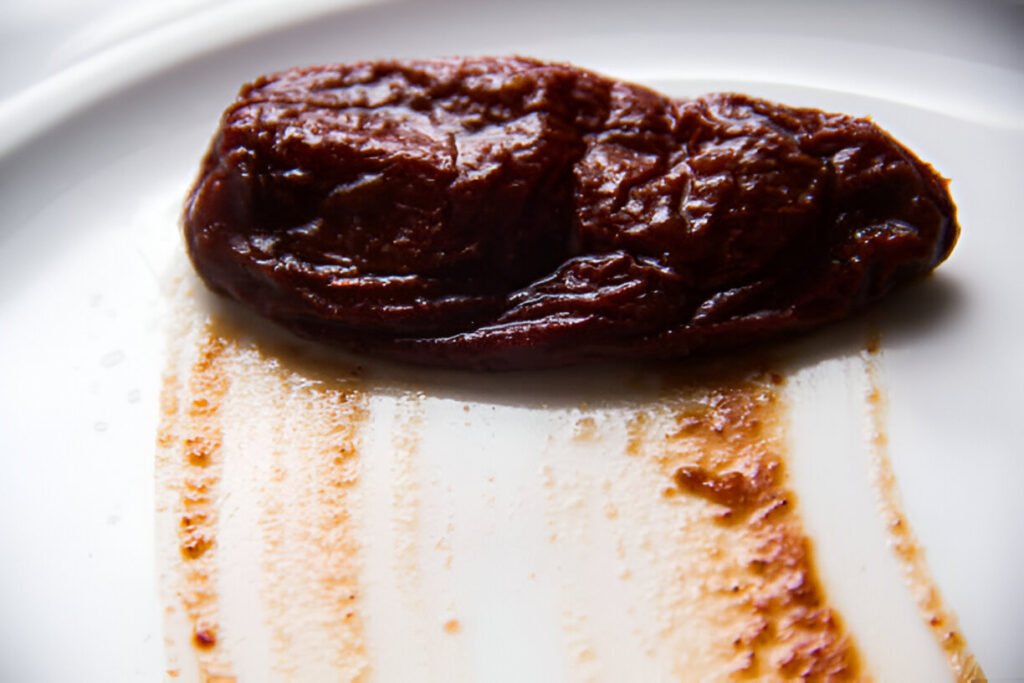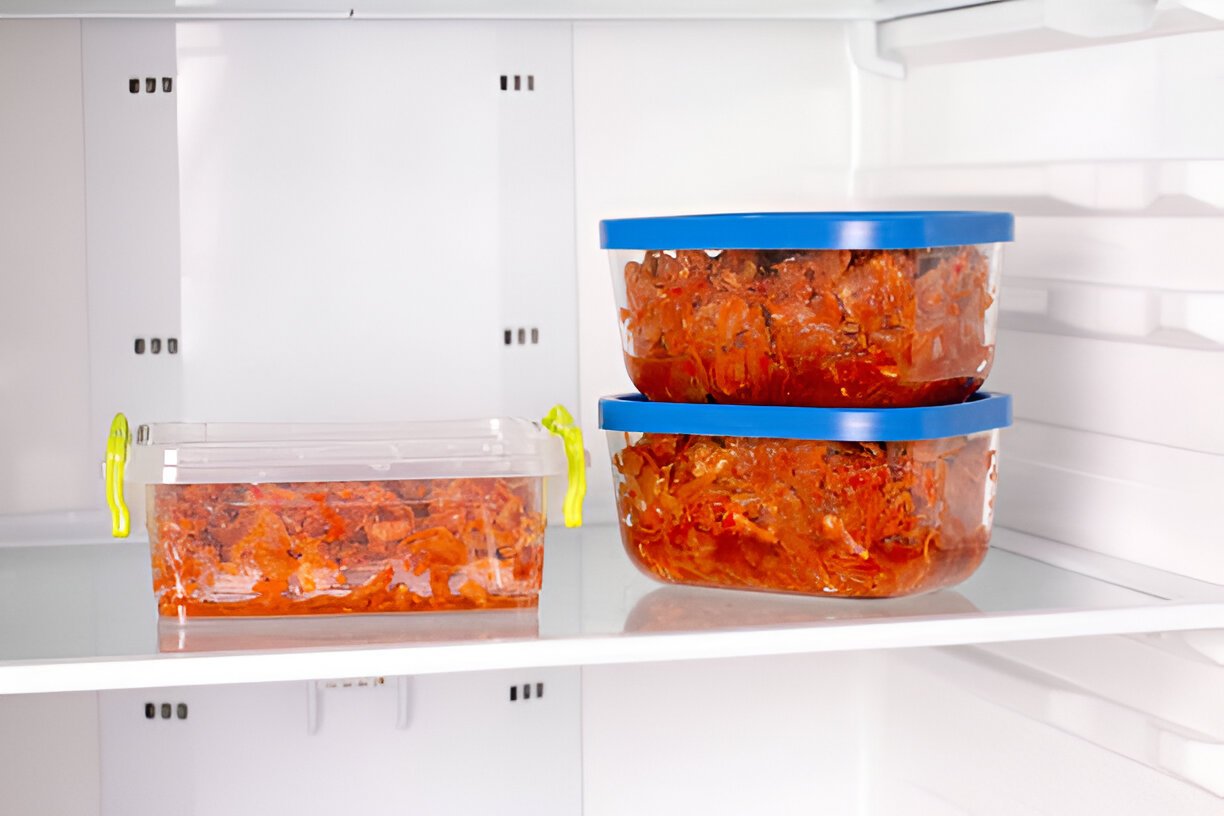How Long Does Chipotle Last in the Fridge? Keep It Fresh!
Chipotle stands out as the perfect spot to grab mouth-watering tacos, burritos, salads, tortilla chips, wraps, and lifestyle bowls and burrito bowls.
Each serving is so generous that you will finish with leftovers for take-outs, but how long does it take for a leftover Chipotle bowl or other food to last, particularly in the fridge?
Read on to learn the fridge life of Chipotle leftovers and how they should be appropriately stored in the refrigerator.
How Long Will Chipotle Last in the Fridge?
Generally, storing Chipotle in the fridge can make your food last for three to four days, assuming these leftovers are correctly stored in a sealed container. If not, they can only last for a day or two.
Understanding Chipotle Ingredients
Knowing how long Chipotle lasts in the fridge starts with understanding its ingredients. Each part of your bowl or burrito has a different shelf life, which affects how fresh your leftovers stay.
Key ingredients and typical fridge life:
- Rice and beans: 3–4 days
- Proteins (chicken, steak, sofritas): 3–4 days
- Fresh toppings (lettuce, salsa, guac): 1–2 days
| Ingredient | Shelf Life in Fridge |
| Rice | 3–4 days |
| Beans | 3–4 days |
| Proteins | 3–4 days |
| Salsas | 1–2 days |
Before storing, check for soggy lettuce or watery salsas, which can spoil faster. Keeping toppings separate when possible can help maintain freshness. Always use airtight containers to keep flavors and textures at their best for as long as possible.
How Long Will It Take To Go Bad?

Your Chipotle meal has an average shelf life of two hours after it has been prepared and served. It is suggested to be eaten for no more than two hours at room temperature.
“My Spanish is limited to burrito and taco.”
— Janet Evanovich, Author
If you have Chipotle leftovers, don’t let them sit out for two hours. They must be stored correctly in a sealed container in the refrigerator so that you can continue eating them later.
How to Tell If Chipotle Has Gone Bad?
Molds
If your Chipotle bowl leftovers have white-to-grayish dust or fuzzy green notes, then molds have already contaminated the food and it must be tossed immediately into the trash.
Off Odor
The foul odors or smells commonly signify food spoilage caused by bacteria and molds [1]. If it smells unbearable and off-putting, like rotten eggs, it’s best to toss it in the trash.
Taste & Texture
Degradation of taste and texture is another common sign of food spoilage. Once you notice your Chipotle leftovers are slimy or no longer recognizable, then it’s time to say goodbye.
How to Properly Store It in the Fridge?
You need to put the fresh ingredients, like lettuce, guacamole, onions, tomatoes, sour cream, salsa, and vegetables, in a separate airtight container from the cooked foods, like rice, chicken, beef, and beans.
It helps prevent cross-contamination in which the fresh ingredients recontaminate the cooked foods [2].
Is It Safe To Eat Chipotle Past Expiration Date?
No, eating an expired Chipotle bowl, burrito, or any food item will only lead to a foodborne illness, specifically food poisoning.
Expiration dates are indicated for health safety measures and should not be carelessly disregarded.
Can You Freeze Chipotle to Last Longer?
You can store chipotle leftovers in the freezer and keep them frozen for a maximum of three to four months.
However, the longer they are kept frozen, the more they decline in taste and texture, which is why it’s always best to eat frozen leftovers for no longer than four days.
FAQs on Keep Chipotle Last in the Fridge
Is it ok to eat 5-day-old Chipotle?
It’s not okay to eat leftover Chipotle that’s beyond five days or more as it is recommended to be consumed no more than four days, even though it has been appropriately stored in the freezer.
Can you refrigerate and reheat Chipotle?
Yes, but when it comes to reheating a Chipotle burrito, bowl, or any food item, make sure that you intend to finish the entire meal and won’t end up with any more leftovers to store and reheat again for some other time. Numerous reheating of the same Chipotle leftovers tends to decrease their flavor and overall quality.
What to do with leftover Chipotle?
You must first separate cold ingredients from the cooked ingredients in a separate airtight container and keep them refrigerated or frozen for later consumption. In any case, if you have any remaining sauce or canned chipotle peppers, you can use either to marinade with meat like beef or chicken to make it more delicious and tastes like Chipotle’s.
How to reheat refrigerated Chipotle?
Remove cold ingredients like lettuce, guacamole, tomatoes, sour cream, salsa, sauce, and vegetables, and only cook or reheat cooked ingredients like rice, beans, beef, and chicken on the stove or in the microwave.
Key Takeaways
Chipotle leftovers, whether it is burritos, tacos, salads, tortillas, or lifestyle or burrito bowls, generally last for three to four days, provided they’re properly stored in the fridge.
You must always store your Chipotle leftovers in an airtight container, with the fresh and cooked ingredients separated.
When reheating, only reheat the cooked ingredients, such as the cilantro lime rice, meat, and beans, and leave the fresh and cold ingredients, like lettuce, tomatoes, and more, as is.
If your Chipotle leftovers have molds, foul odors, or changes in color and texture, you must toss them in the trash. No amount of heat in the microwave or stove can restore them to their edible state.
References:
- https://now.tufts.edu/2014/12/15/why-does-rotting-food-smell-bad
- https://ww2.health.wa.gov.au/~/media/Corp/Documents/Health-for/Environmental-health/Food/PDF/Food-safety-toolkit/Factsheet/Separate-raw-and-cooked-food.pdf

Kathy is a restaurateur, artist, and blogger. After spending more than 10 years in the restaurant industry, she has decided to go digital and share her expertise and experience online.







